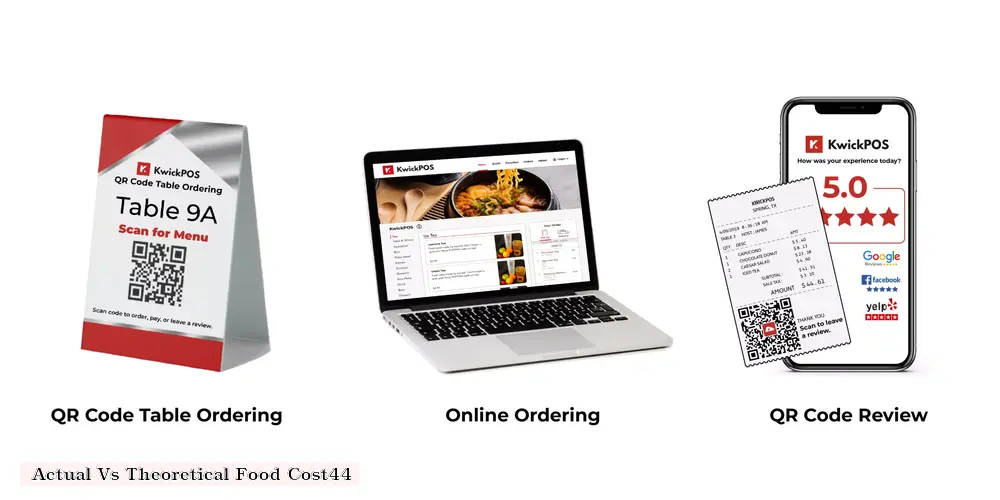

In the restaurant industry, understanding the difference between actual and theoretical food cost is crucial for profitability.
Actual Food Cost
Actual food cost is the real cost of the food used in your restaurant. It includes the cost of ingredients, labor, and any other expenses related to food preparation. To calculate actual food cost, you need to track all food purchases and expenses over a specific period.
Theoretical Food Cost
Theoretical food cost is an estimate of what your food cost should be based on your menu prices and portion sizes. It is calculated by dividing the cost of ingredients by the number of portions sold. Theoretical food cost helps you set menu prices and track your actual food cost performance.
Importance of Tracking Food Cost
Tracking both actual and theoretical food cost is essential for:
Tips for Managing Food Cost
By understanding and managing actual and theoretical food cost, restaurant owners can improve profitability, optimize menu pricing, and reduce waste.
DISCLAIMER: This information is provided for general informational purposes only, and publication does not constitute an endorsement. Kwick365 does not warrant the accuracy or completeness of any information, text, graphics, links, or other items contained within this content. Kwick365 does not guarantee you will achieve any specific results if you follow any advice herein. It may be advisable for you to consult with a professional such as a lawyer, accountant, or business advisor for advice specific to your situation.
today
Copyright © 2026 Kwick365.com
Designed by KwickPOS is the best restaurant POS